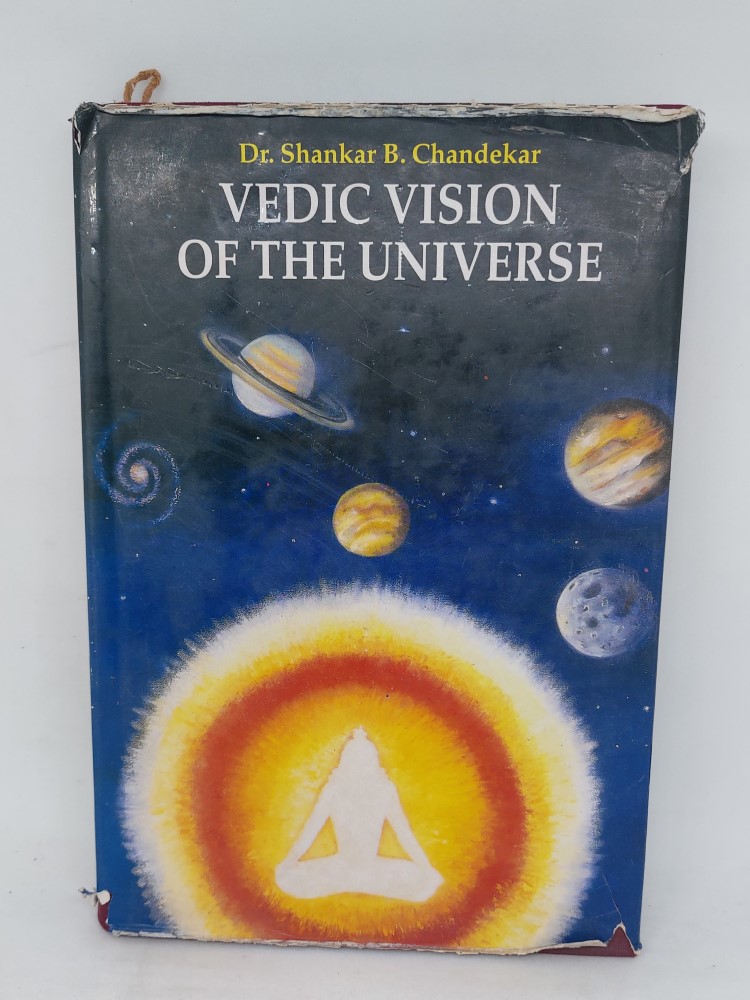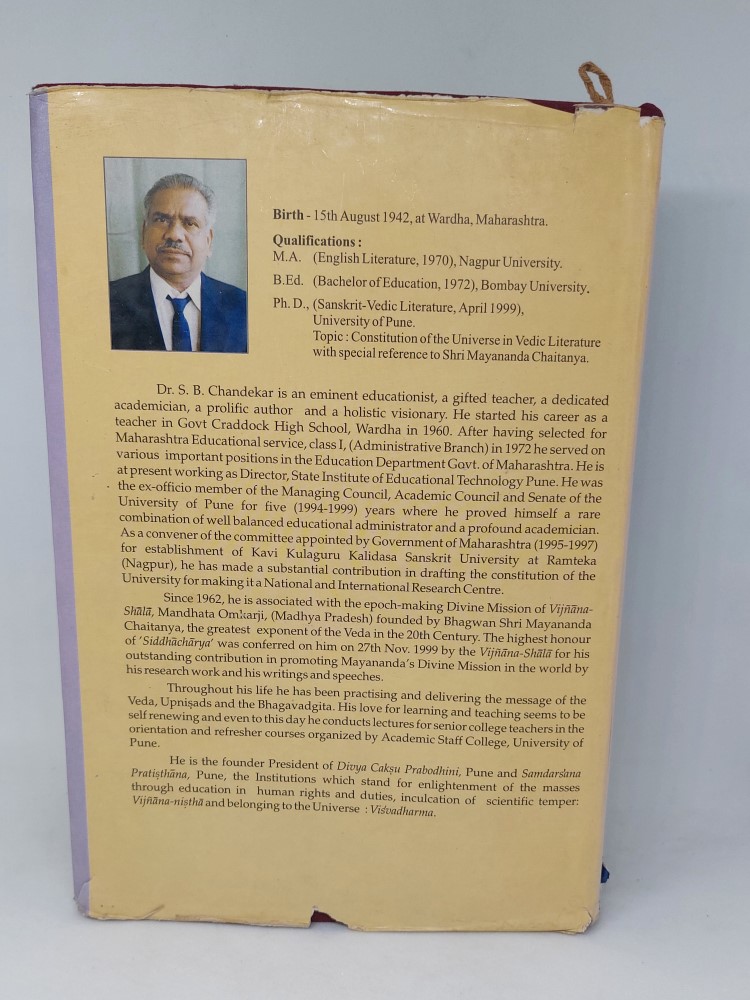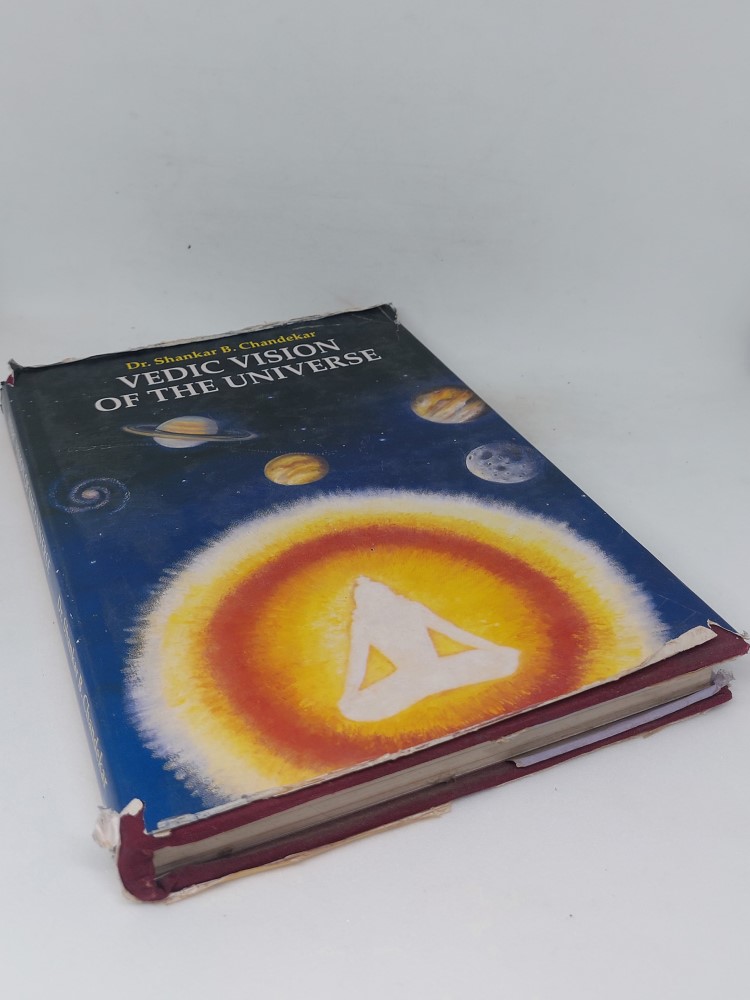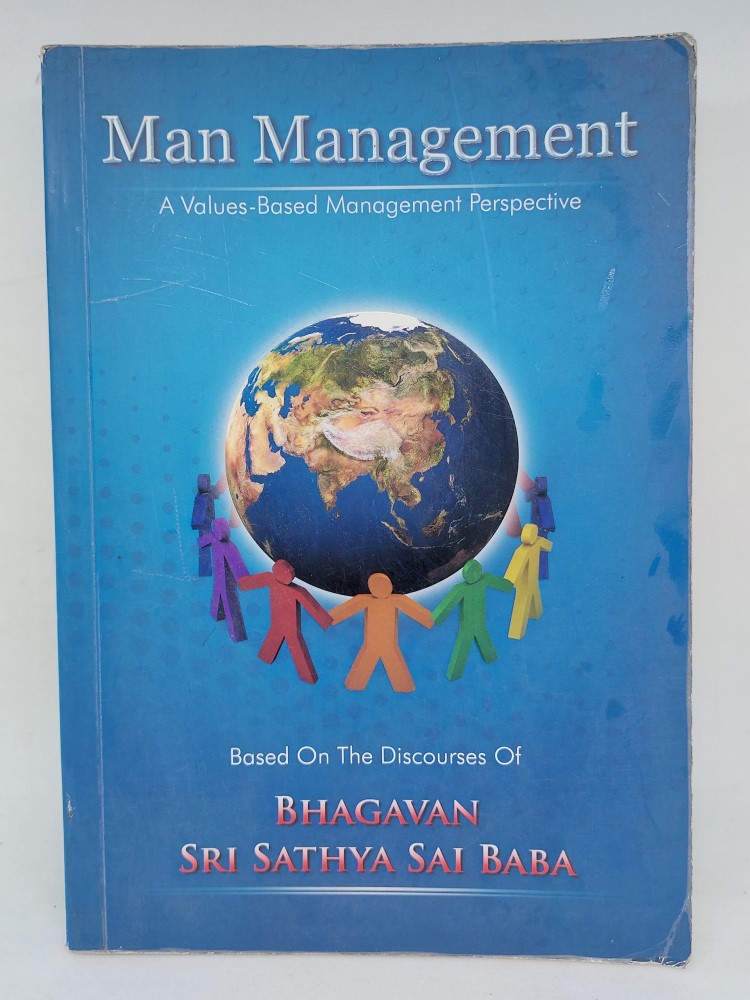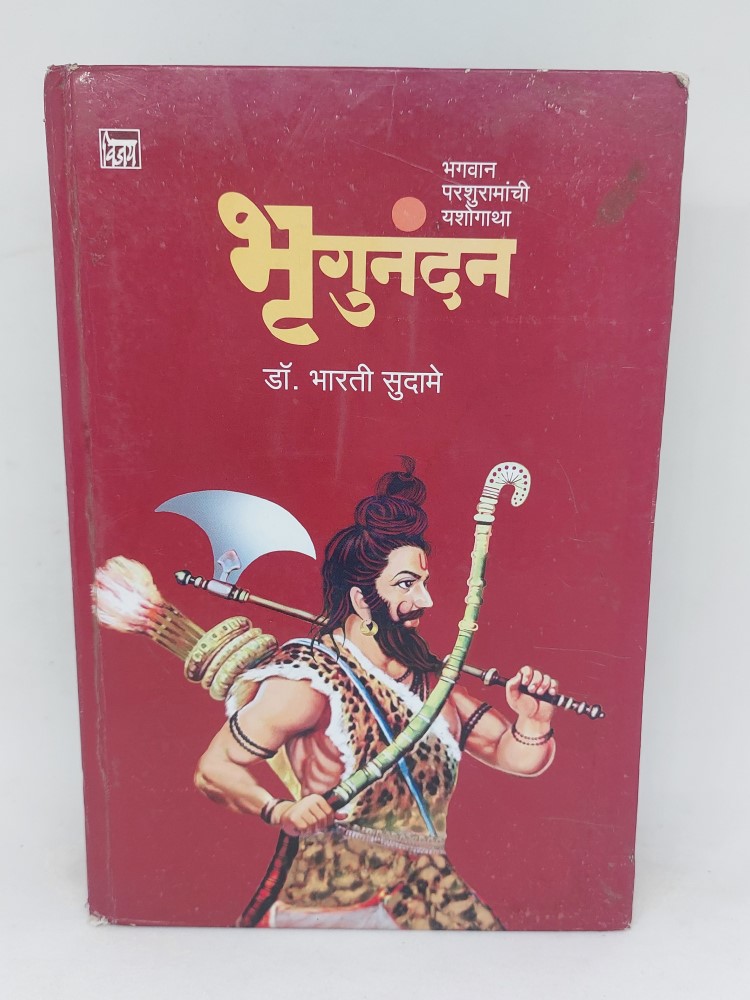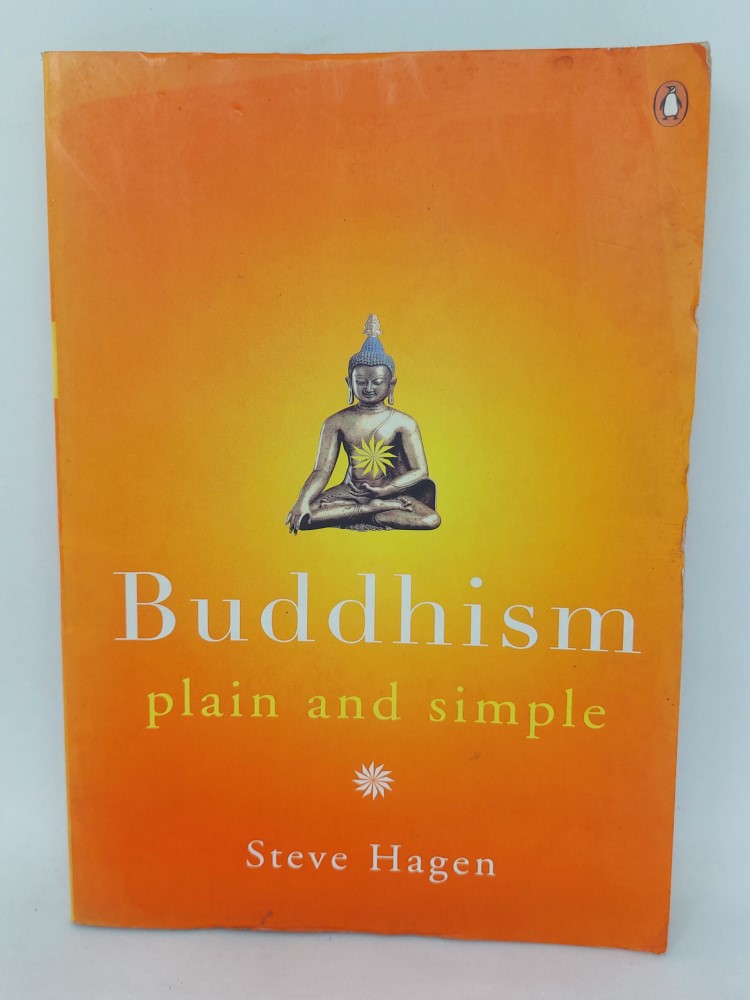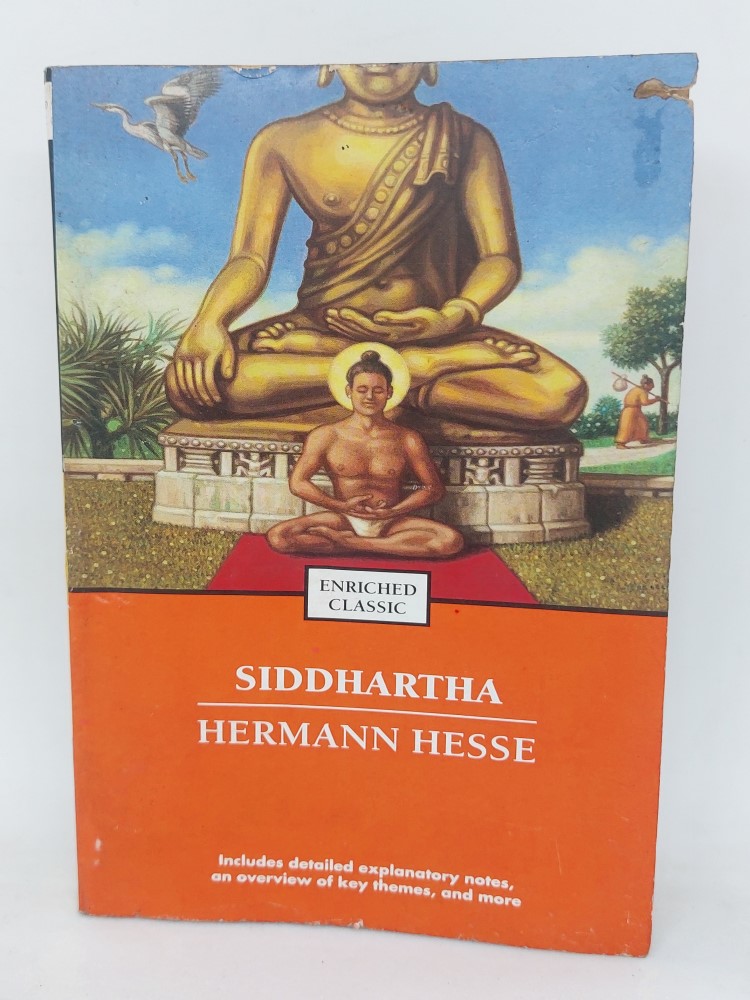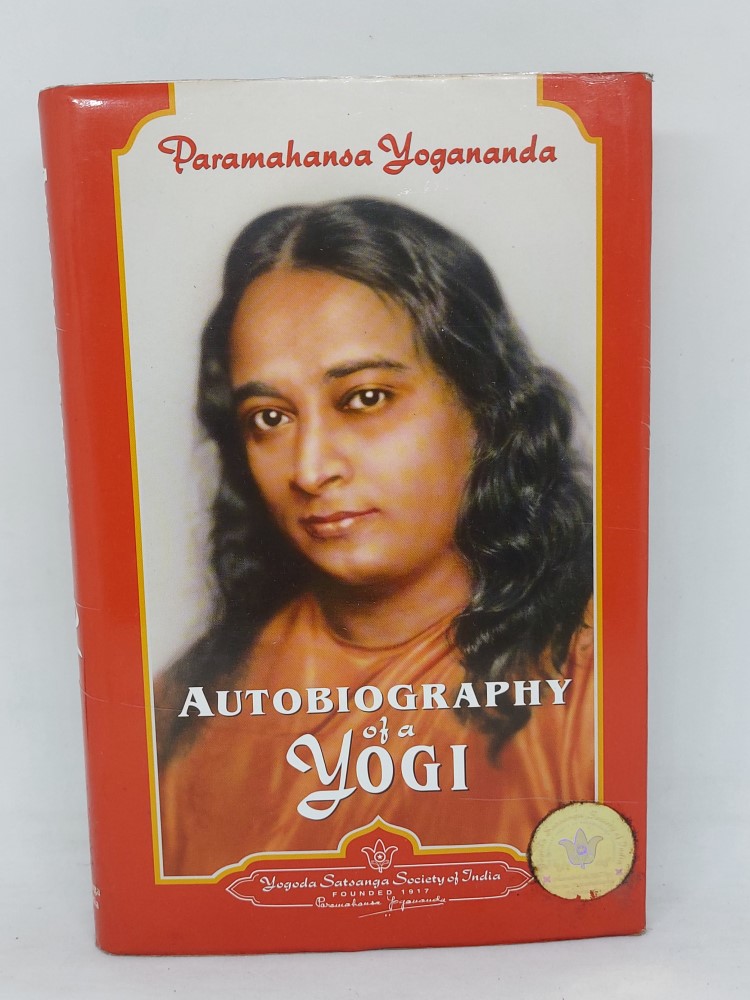Description
The Vedas contain the recorded thought –currents of ancient seers. They represent the earliest literature of mankind. The enlightened seers ‘heard’ the Vedic mantras from ‘within’ their personality. Their pure and refined intellect opened itself to receive divine message that came from Divinity as the root of all existence. Their meaning is profound, and appeal universal. It is in this sense that the Veda is recongnised as ‘apouruṣya’ i.e. impersonal. The four Vedic Saṁhitas: Ṛg Sāman, yajus and Atharva which are available to us, today. Krishnadvaipayana Vyasa classified the scattered hymns and created four collections. But Vyāsa himself has said, ‘एक एव पुरा वेदा’, originally there was only one Veda. Vyasa’s statement inspires us to undertake a research –what was the nature and function of this original Veda that gave the world meaning and life a purpose.
The four Saṁhitas are regarded as the ‘Sṙuti’. Following the Manusmṛitis ordinance.’ श्रुतिस्तु वेदो विज्ञेयो’, at most all ancient and modern commentators of East and West have taken for granted the entire Vedic texts in these Sruti Saṁhitas for the Veda. It was Sri Māyānanda Chaitanya (1868 – 1934) who could distinguish the Veda from the Ṣŕuti and felt the need for separating the Vedamantras from the available Sr̍uti-Samhitas. S.D. Sātuvalekar also admits that there is no one else except Mayananda Chaitanya who revealed the original Veda. One need not entertain all the Vedic texts as the original Veda. There is an admixture of Vedmantras and Sŕutimantras in the Saṁhitas. It is essential to separate them for the right understanding of the Veda with its relevance to life. This paper aims at presenting Vedic Vision of the Universe in the light of Sri Mayananda’s exposition of the Veda.

